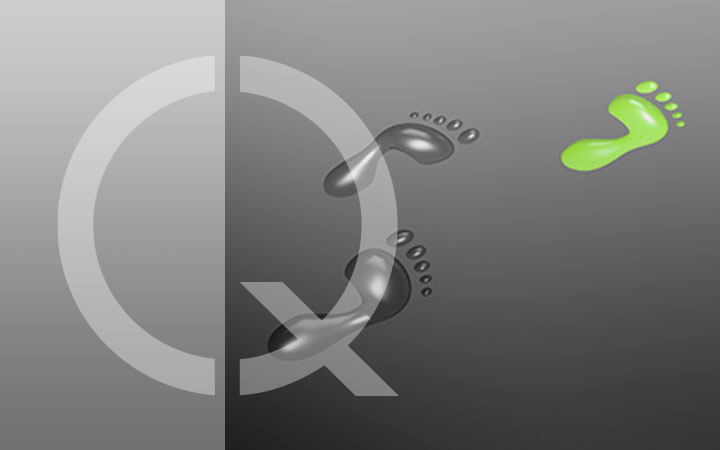
WHAT IS THAT
The Product Environmental Footprint (PEF) and the Organizational Environmental Footprint (OEF) are measures which, on the basis of various criteria, indicate, respectively, the environmental performance of a product (or service) during its life cycle and the performance of organizations providing products/services in a life cycle perspective.The information related to PEF and OEF is provided with the general objective of reducing the environmental impacts of products and services and the environmental impacts related to the activities of organizations taking into account the activity of the supply chain (from the extraction of raw materials, to production, use and final waste management).
The Product and Organization Environmental Footprint project was initiated with the aim of defining a harmonized methodology for Environmental Footprint studies that could encompass a wider set of relevant environmental performance criteria based on the life cycle concept.
This approach is essential in order to ensure effective management, since some important environmental effects may occur "upstream" or "downstream", and therefore not be immediately evident.
In 2013, a test phase, or pilot phase, started, organized by the European Commission with the voluntary participation of various stakeholders. Currently some tests/investigations are still in progress.
The main regulatory reference is Recommendation 2021/2279/EU of 16 December 2021 on the use of the Environmental Footprint methods to measure and communicate the life cycle environmental performance of products and organizations which replaced Recommendation 2013/179/EU which replaced the previous Commission Recommendation of 9 April 2013.
CSQA verifies the PEF and OEF studies against the reference standards and, in the event of a positive outcome, issues a certificate.
KEY POINTS
- Life cycle approach : Product Environmental Footprint (PEF) and Organization Environmental Footprint (OEF) studies should be based on the life cycle concept
- EF impact categories and methods : for a PEF/OEF study it is necessary to apply the EF impact categories, models and EF impact assessment indicators required by the reference standard
- Reporting : Any PEF/OEF study intended for external communications includes a PEF/OEF study report which provides a solid basis for evaluating, monitoring and attempting to improve the environmental performance of the product/organisation over time
- Category/Sector Rules : PEF Category Rules and OEF Sector Rules will play an important role by helping, for example, to increase the reproducibility and consistency of PEF/OEF studies. Furthermore, these rules will allow to focus on the most important aspects and parameters and thus, if possible, also reduce the time, effort and cost of completing a PEF/OEF study
ADVANTAGES
These two methods of measuring the environmental footprint, respectively, of products (PEF) and of organizations (OEF) introduce numerous improvements, including:- a clear definition of the impact categories expressing the type of potential environmental impact, to which it is necessary to refer in order to carry out a comprehensive life cycle assessment
- the obligation to evaluate data quality and the introduction of minimum requirements regarding it
- more precise technical instructions to address some critical issues of LCA studies